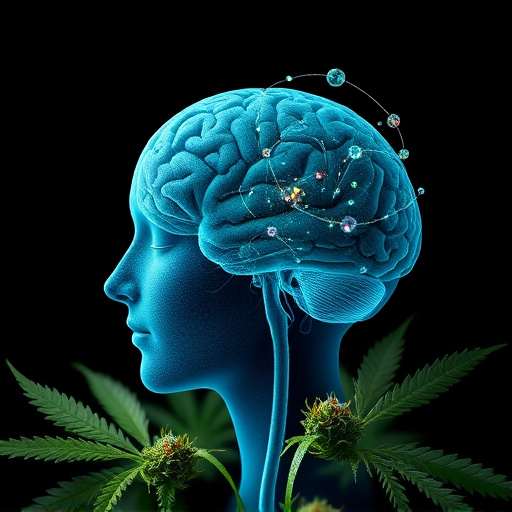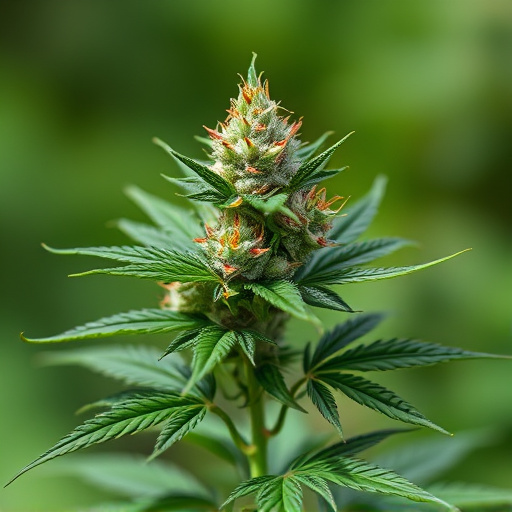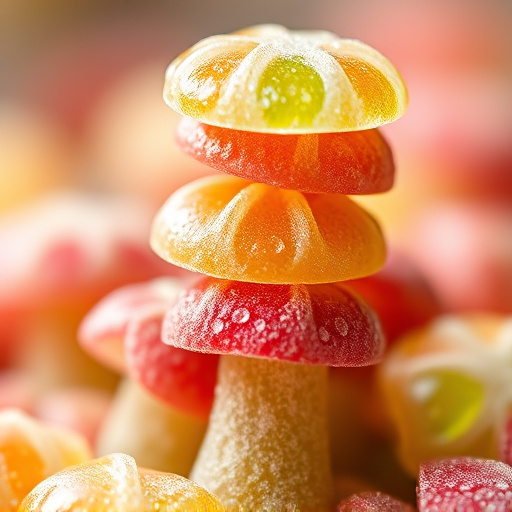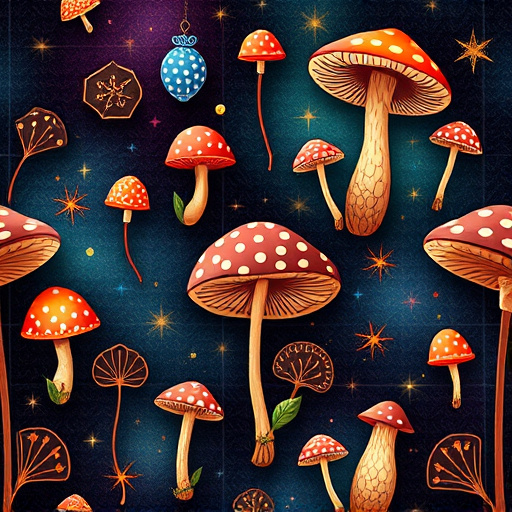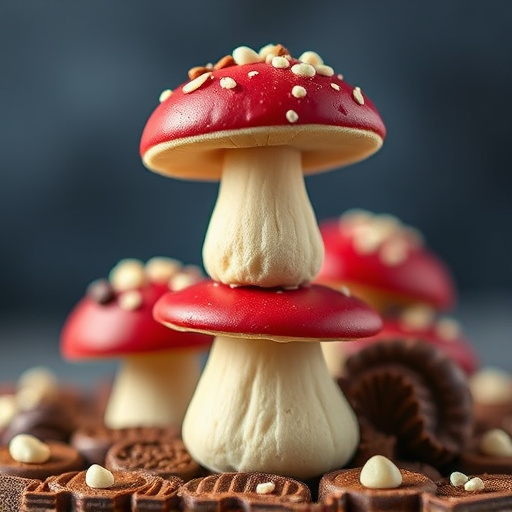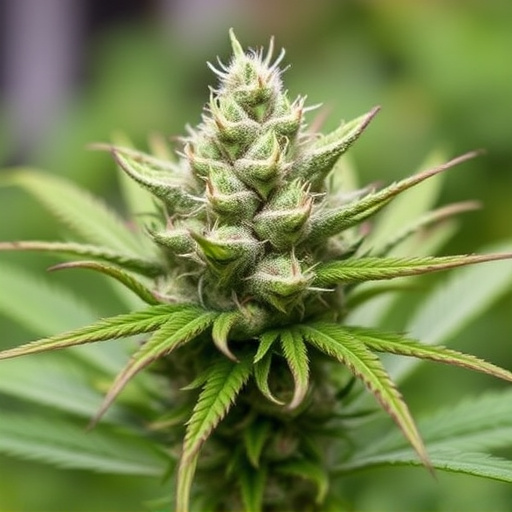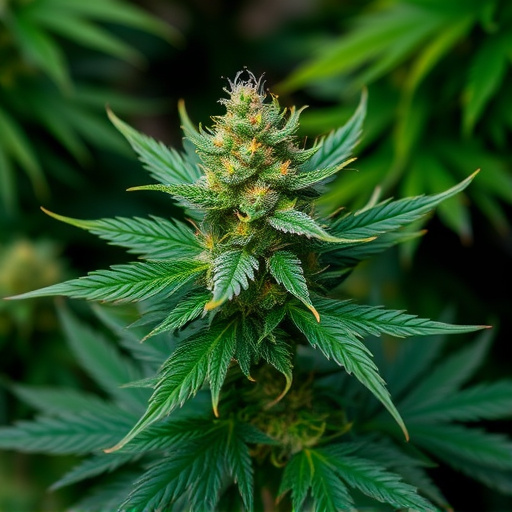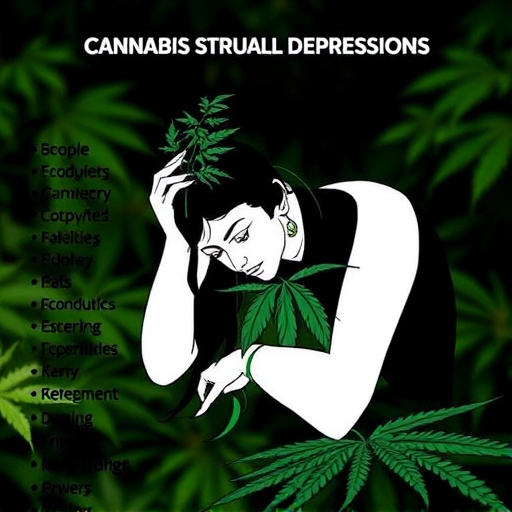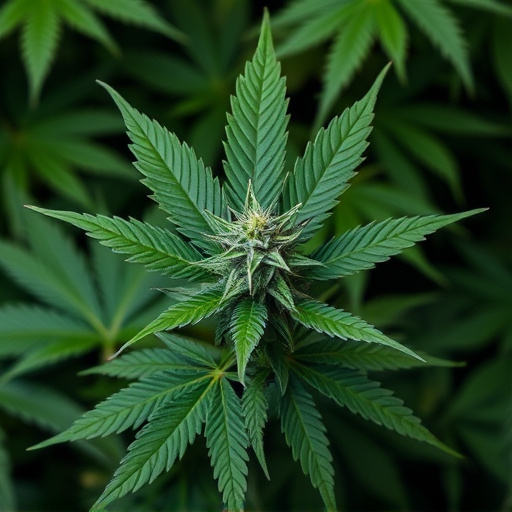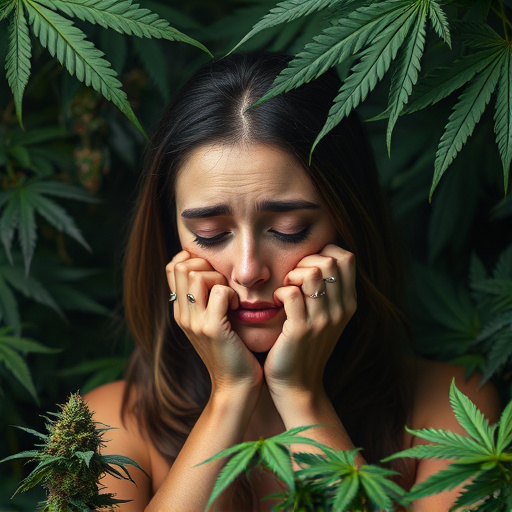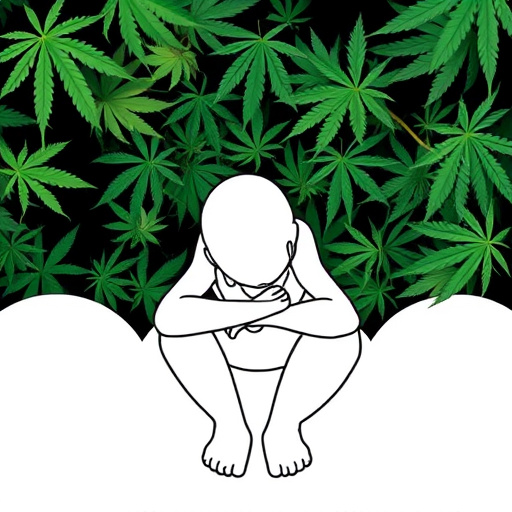Cannabis potency, driven by cannabinoid concentrations like THC and CBD, is crucial for treating depression. The curing process enhances these levels, making high-potency strains more effective in managing symptoms. Sativa and Indica varieties offer distinct benefits: Sativa increases energy and mood, while Indica promotes sleep and reduces anxiety. Personalizing treatment with specific strains can lead to improved mental health management.
“Unraveling the art of cannabis cultivation, this article delves into the intriguing question: does curing enhance flower potency? Cannabis enthusiasts and scientists alike have long debated this topic. We explore the science behind the popular practice of curing, its impact on cannabinoid profiles, and its potential role in alleviating symptoms of depression through specific strains. Get ready to discover how a carefully executed curing process can transform your cannabis experience, offering not just increased potency but also a unique sensory journey.”
- Understanding Cannabis Potency and Curing Process
- The Role of Curing in Enhancing Cannabinoid Profiles
- Exploring Cannabis Strains for Depression and Their Sensory Experience
Understanding Cannabis Potency and Curing Process
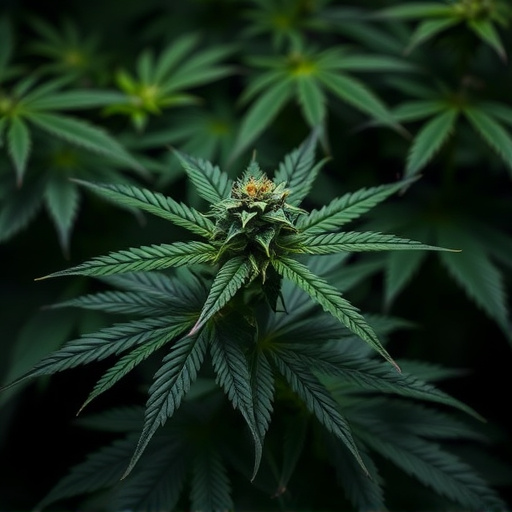
Cannabis potency refers to the concentration of cannabinoids, particularly THC and CBD, in a given strain. High-potency cannabis has higher levels of these compounds, which are responsible for the plant’s therapeutic effects and psychoactive properties. Understanding potency is crucial when considering cannabis strains for depression or other medical conditions, as different levels can significantly impact the desired outcomes.
The curing process plays a vital role in enhancing cannabis flower potency. Curing involves drying and storing the harvested plants under specific conditions to allow cannabinoids to transition from their raw form to more potent derivatives. This natural process optimizes terpene profiles, further contributing to the overall therapeutic potential of the plant. Effective curing can transform less potent strains into powerful remedies for various ailments, including depression, making it an essential step in cannabis cultivation.
The Role of Curing in Enhancing Cannabinoid Profiles

The process of curing plays a pivotal role in enhancing the cannabinoid profiles of cannabis flowers, significantly impacting their overall potency and therapeutic potential. During curing, which typically involves drying and storing the harvested buds over several weeks, various chemical reactions occur that can boost levels of desirable compounds like THC (tetrahydrocannabinol) and CBD (cannabidiol). This period allows for a more nuanced flavor profile and improved effects, making cured cannabis strains highly sought after by consumers looking for specific benefits, including those seeking cannabis strains for depression relief.
Curing facilitates the transformation of less potent precursor chemicals into their active forms. For instance, CBG (cannabigerol), which is known for its potential anti-inflammatory and analgesic properties, can convert to THC or CBD during curing. This process not only increases the concentration of these compounds but also contributes to the plant’s overall resilience, as cured flowers tend to have a longer shelf life without sacrificing potency or effectiveness.
Exploring Cannabis Strains for Depression and Their Sensory Experience
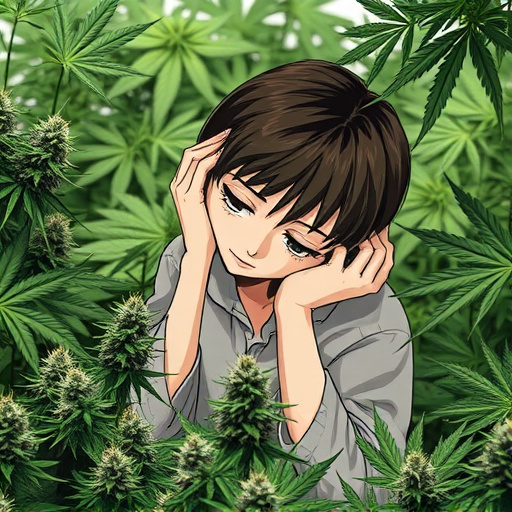
Cannabis has long been used as an alternative treatment for various mental health conditions, including depression. Exploring cannabis strains specifically tailored to alleviate depressive symptoms can offer a unique sensory experience that goes beyond mere relaxation. Certain strains known for their high levels of THC and other cannabinoids have shown promise in managing symptoms like fatigue, sleep disturbances, and appetite loss—common issues associated with depression.
The sensory profile of these strains plays a crucial role in their effectiveness. Sativa-dominant varieties are often favored for their energizing and uplifting effects, which can combat the lethargy that often accompanies depression. On the other hand, Indica strains, with their calming and sedative properties, may help with sleep issues and anxiety, two significant contributors to depressive episodes. The diverse range of cannabis strains for depression available today allows individuals to tailor their treatment to specific needs, enhancing both the efficacy and overall wellness experience.
In conclusion, while curing does enhance the cannabinoid profiles in cannabis flowers, its impact on potency is multifaceted. Understanding the curing process and its role in refining cannabinoid levels can help cultivators optimize their cannabis strains for specific effects, including those sought by users seeking relief from depression. Exploring various cannabis strains for depression offers a tailored sensory experience that combines potent cannabinoids with desirable flavors and aromas, ultimately enriching the overall well-being journey.
